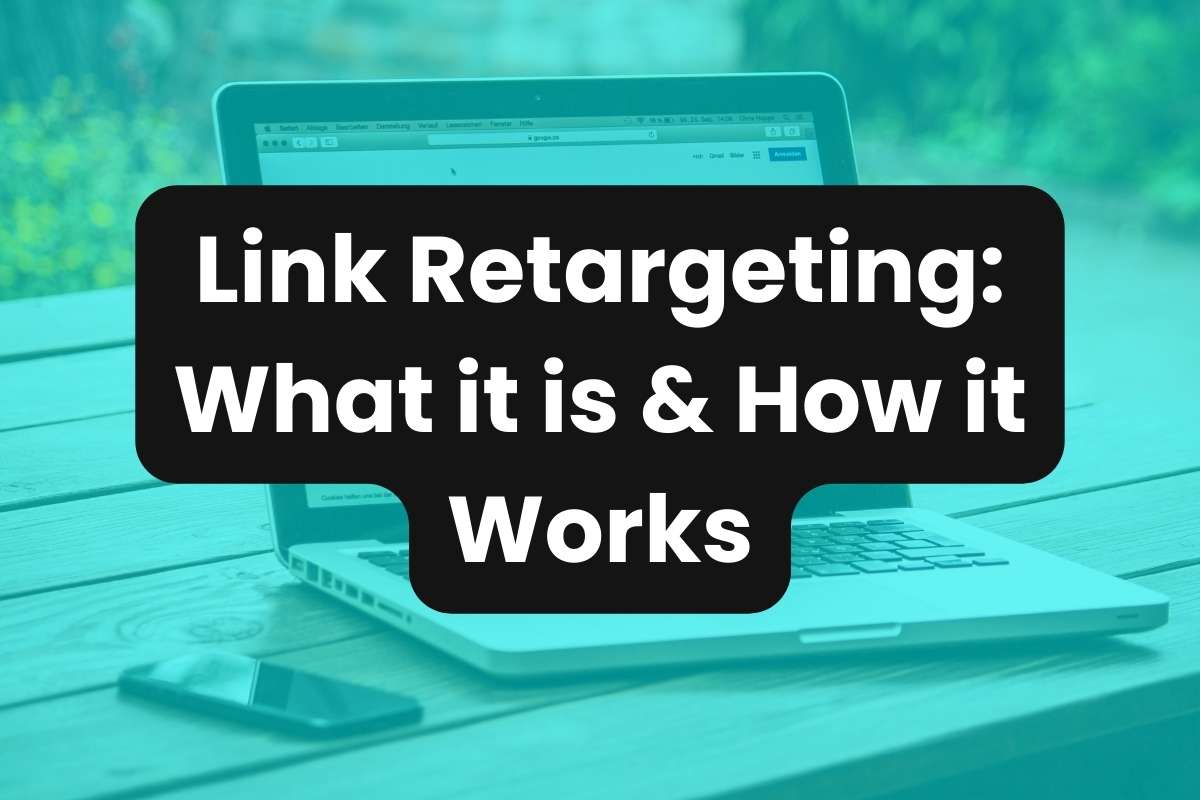Retargeting has become an invaluable strategy for reaching potential customers who have shown interest in a product or service.
Link retargeting, a relatively newer concept, takes this strategy a step further by allowing marketers to retarget audiences beyond their own website.
In this article, we’ll delve into what link retargeting is, how it works, the benefits of using retargeting links, and how to create them effectively.
What is Link Retargeting?
Link retargeting is a marketing technique that enables advertisers to retarget users who have interacted with their content or clicked on their links, even after they’ve left the original website.
Unlike traditional retargeting methods that rely on website cookies, link retargeting extends this capability to any link shared by the marketer, including social media posts, email campaigns, and third-party websites.
How Does Link Retargeting Work?
In order to utilize link retargeting in an advertising campaign, a retargeting link needs to be created.
Marketers generate retargeting links using specialized tools or platforms like Sniply. These links are embedded with tracking pixels or snippets of code that capture user data when clicked.
When a user clicks on a retargeting link, the tracking code attached to the link captures essential data, such as the user’s IP address, browser information, and device type.
Based on the collected data, marketers can segment users into specific audience groups.
This segmentation allows for personalized retargeting campaigns tailored to each audience segment’s preferences and behaviors.
With the segmented audience data in hand, marketers can launch retargeting campaigns across various channels, such as display ads, social media, or email marketing.
These campaigns serve targeted ads to users who have interacted with the retargeting links, keeping the brand top-of-mind and encouraging further engagement.
Benefits of Using Retargeting Links
There are many benefits in using retargeting links for marketers and businesses. Here are the most common examples:
Expanded Reach
Link retargeting extends retargeting capabilities beyond the confines of a website, allowing marketers to reach users across the web.
Enhanced Engagement
By retargeting users who have shown initial interest in the brand or product, link retargeting increases the likelihood of engagement and conversions.
Improved Conversion Rates
Targeting users with personalized ads based on their past interactions can lead to higher conversion rates and ROI.
Cost-Effective
Link retargeting offers a cost-effective alternative to traditional retargeting methods, as it leverages existing marketing assets, such as shared links, without the need for additional website visits.
Trackable Performance
Marketers can track the performance of their retargeting campaigns in real-time, allowing for optimization and adjustment based on campaign insights.
How to Create a Retargeting Link
Sniply makes it fast and easy to make retargeting links for any use case. Here’s a step by step guide to add a retargeting pixel to a link:
- Open your Sniply dashboard and go to the link tool.
- Paste the URL of the web page you plan to advertise into the URL field.
- Click the settings icon, click ‘Customize‘ then click ‘Pixels‘.
- Select the targeting pixel for the platform where you’ll be advertising. (Click here to add pixels to your account if you haven’t yet)
- Click ‘Shorten‘ to generate your retargeting link.
Generate Retargeting Links with Sniply
Link retargeting offers marketers a powerful tool for extending their reach, engaging with audiences beyond their own website, and driving conversions effectively. Sniply users can create highly targeted and impactful retargeting campaigns that resonate with their audience in seconds.


